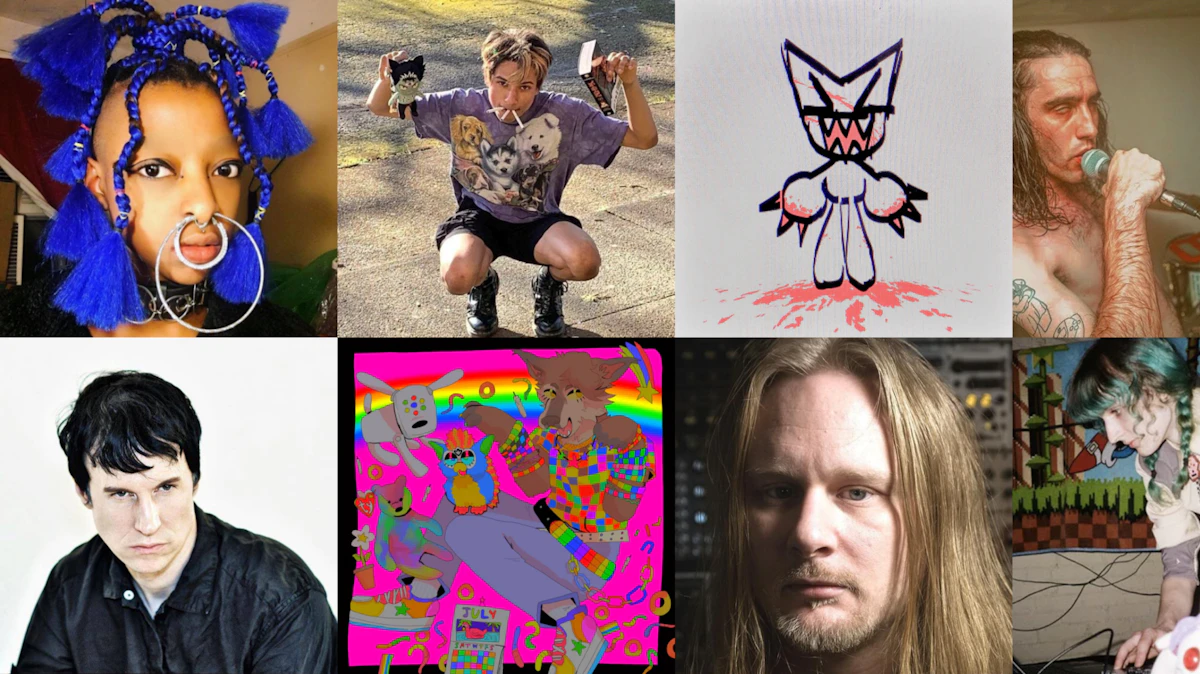Amen brother! Breakcore heads are passionate. What else could explain this tattoo of an Amen break, the genre’s cornerstone element? Or that last year, someone made a Breakcore Iceberg chart, which maps out their particular sense of the genre’s many layers? It was posted to r/breakcore, the subreddit devoted to the genre that boasts 23K members. @memesbreakcore, an account that posts random videos accompanied by breakcore soundbites, has over 310K Twitter followers. There’s even a whole book: Andrew Whelan’s 2008 hyper-academic sociological study investigates how this weird world emerged and took to transforming on the internet, largely by way of chat rooms. Whelan uses the scene to theorize about forms of online connection, and how computer-based interaction has shifted ideas around sociality and identity. He argues that breakcore as a “decentralized scenic institution” was an early prime example of how music can evolve in digital spaces.
Named for its origins as a hybrid of breakbeat and hardcore techno, breakcore emerged in the late 90s. Alec Empire of the legendary German digital hardcore band Atari Teenage Riot is generally credited with the “invention” of the genre—his chaotic sound-mashing 1996 track “Tötenposse Rides Out” is said to be the first entry in the breakcore canon—while Canadian Aaron Funk, aka Venetian Snares, is noted as the biggest artist, both early on and possibly of all time (any introduction to breakcore post will have him at the top). Through his use of specific rhythms, loops, and chopping methodologies, he is frequently credited with the cementing of breakcore as a style. His music is still held up by many as the genre’s idealized form.
Breakcore is loosely defined, but the basics hinge around hyper-fast manipulated and processed drum experimentation, often based on the aforementioned Amen break. Your archetypal track is manic and cut-up, like Naked Lunch on speed. The samples can be anything: video game sonics, strange audio clips, pop culture noise ephemera; the feeling is chaos. It is often aggressive, even abrasive. Sometimes listening to a breakcore track feels like descending into coils of fraying wires that whip and sting. One Reddit user stated on r/breakcore that New Year’s celebrations are “really cool,” because “all the loud-ass noises and explosions kinda sound like breakcore.” A 2006 documentary, Notes on Breakcore, refers to it as the “bastard hate child” of various electronic genres—gabber, dub, acid, grindcore, speedcore, etc.—with some industrial, metal, and punk thrown in. A scene that was at its origin antifascist (and “anti-rave”), it is music that is not only violently energetic, but tears things apart and puts them back together.
